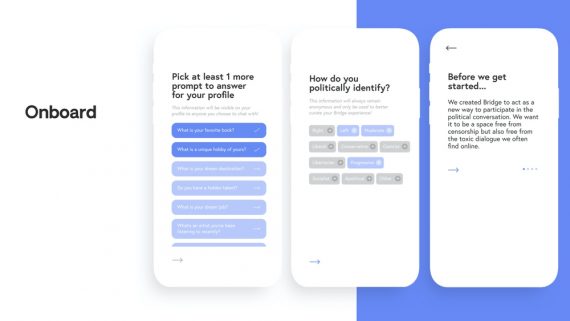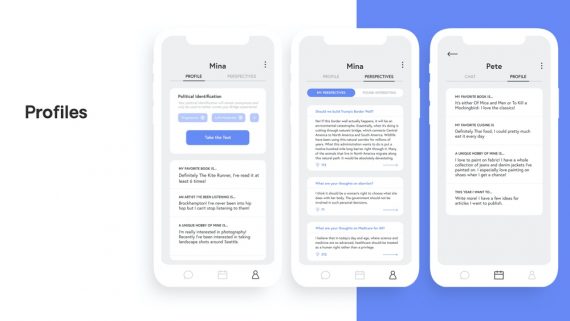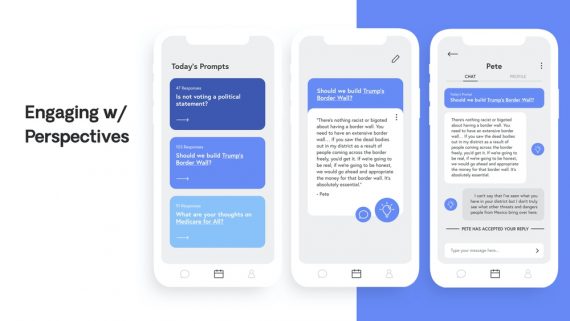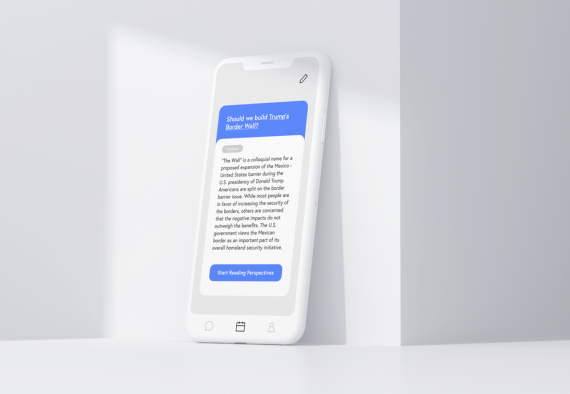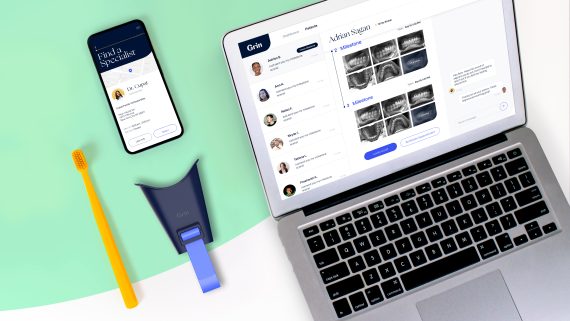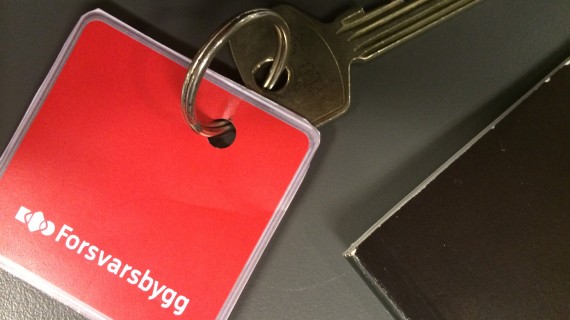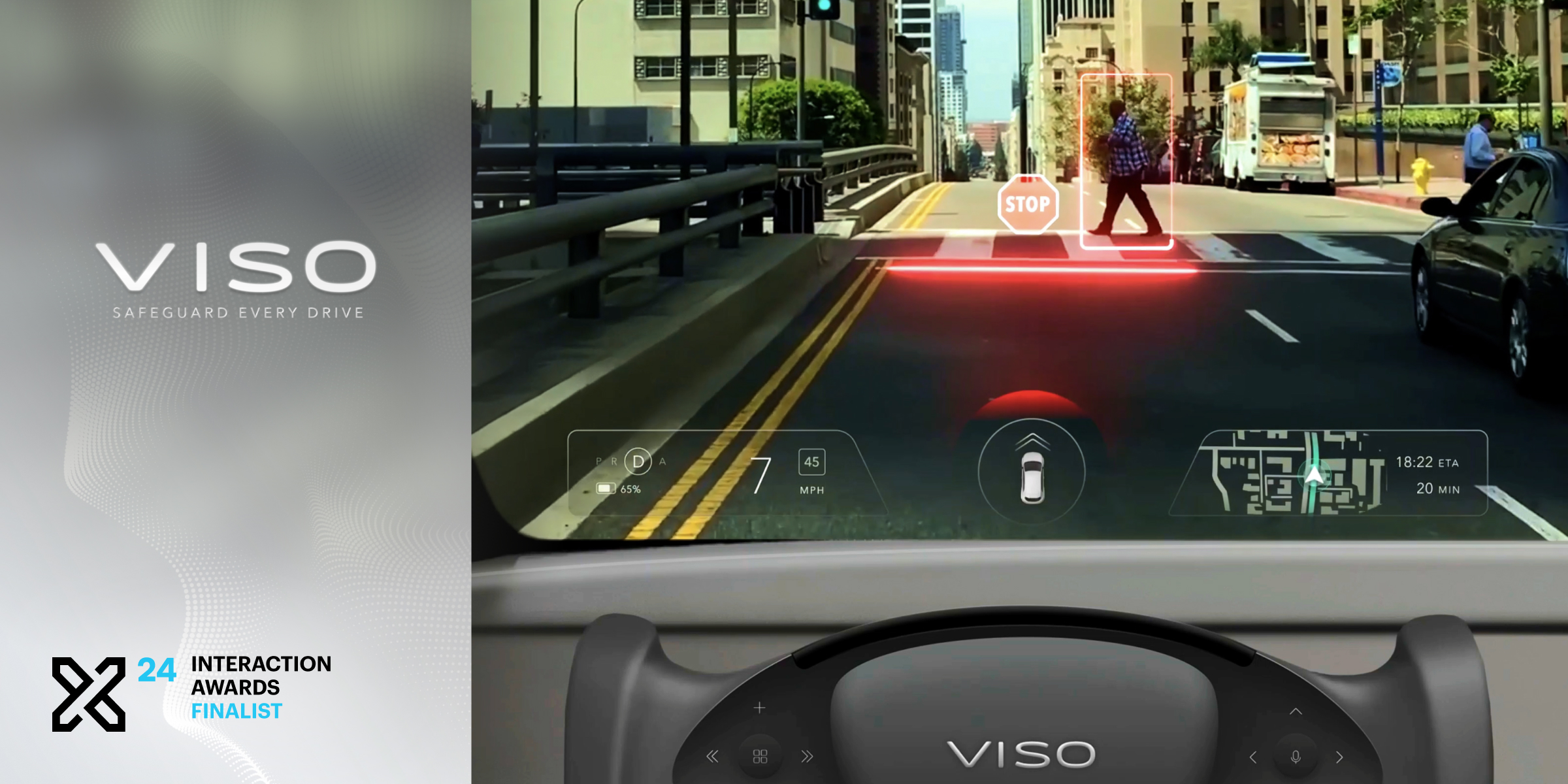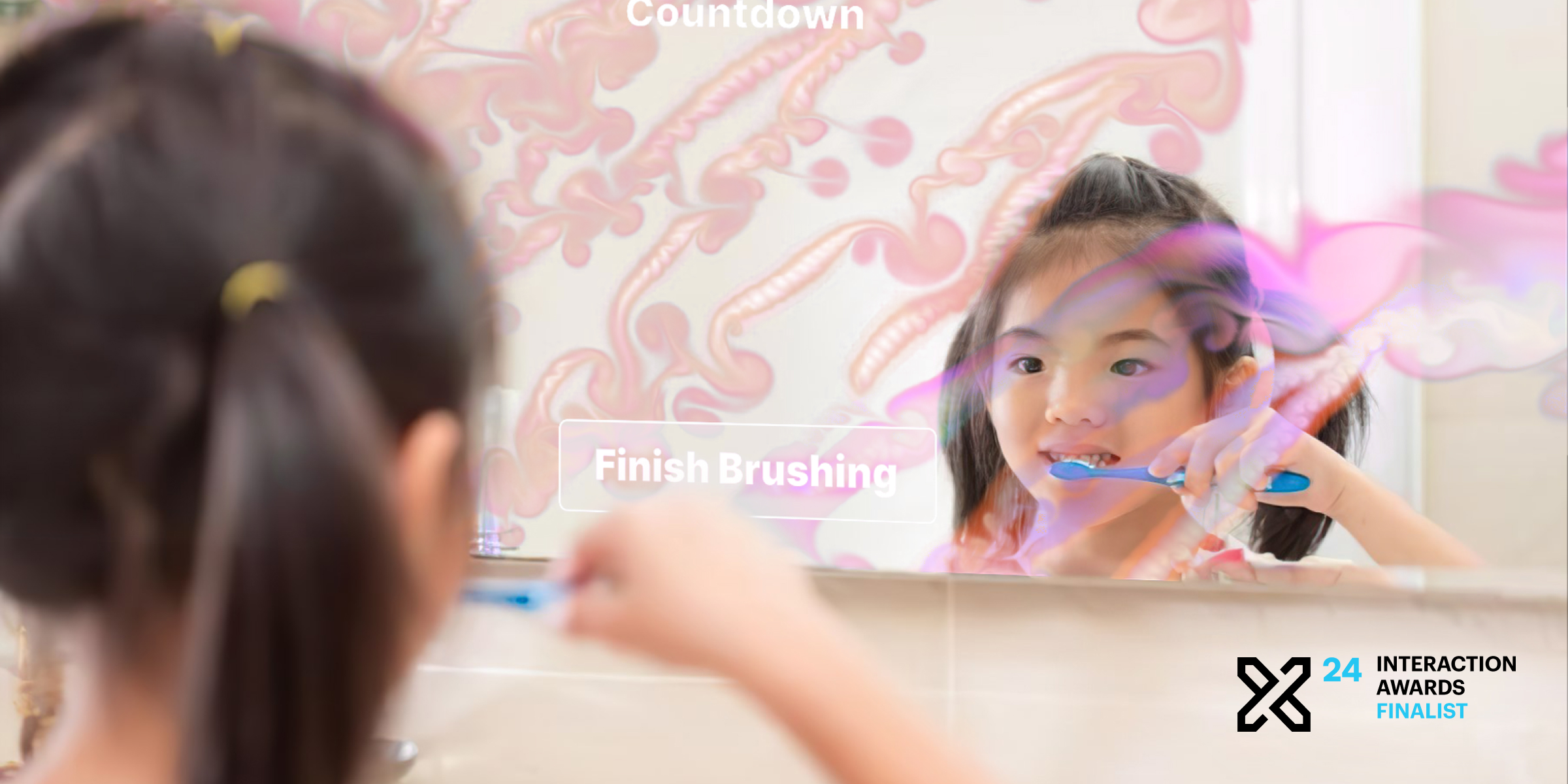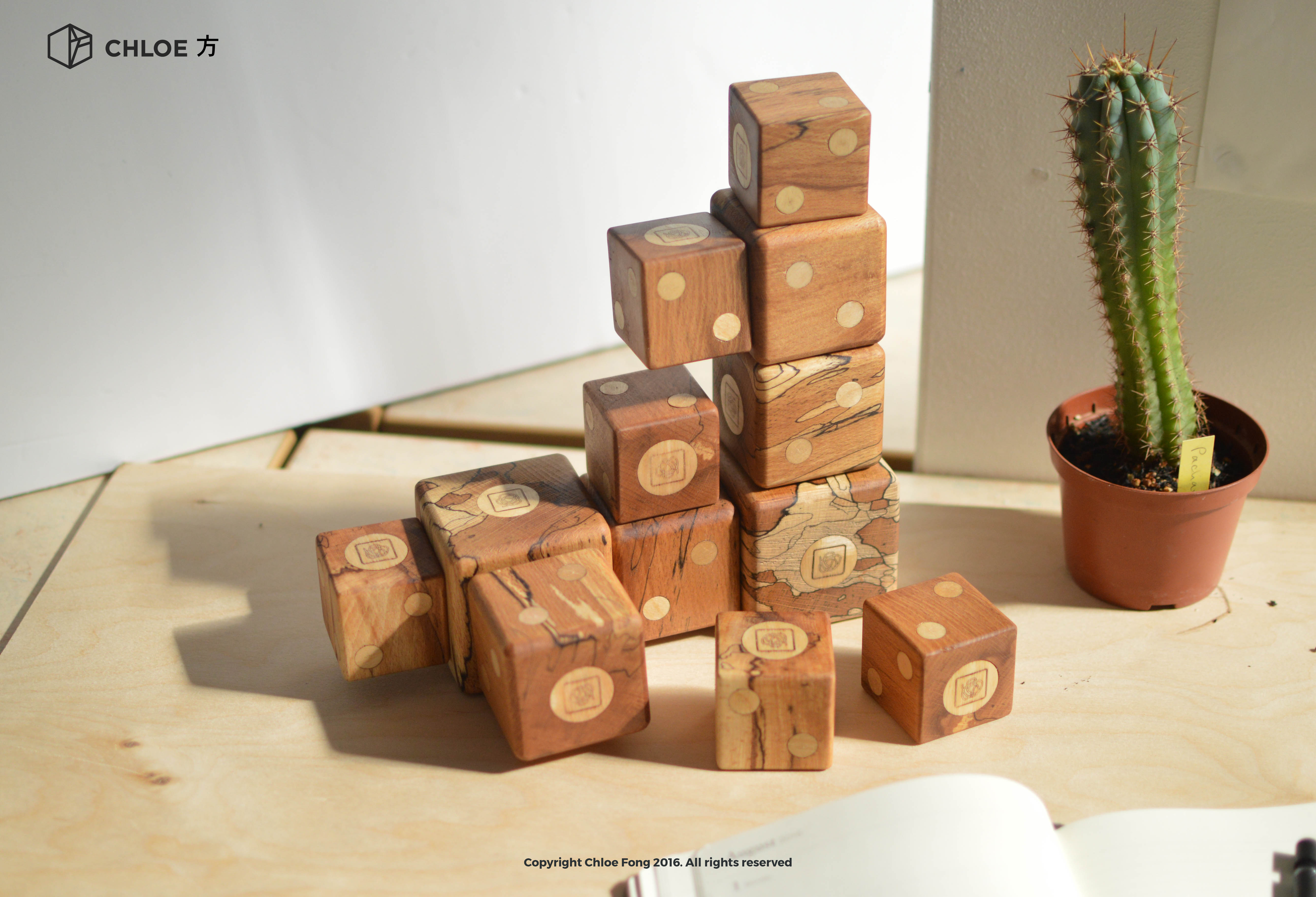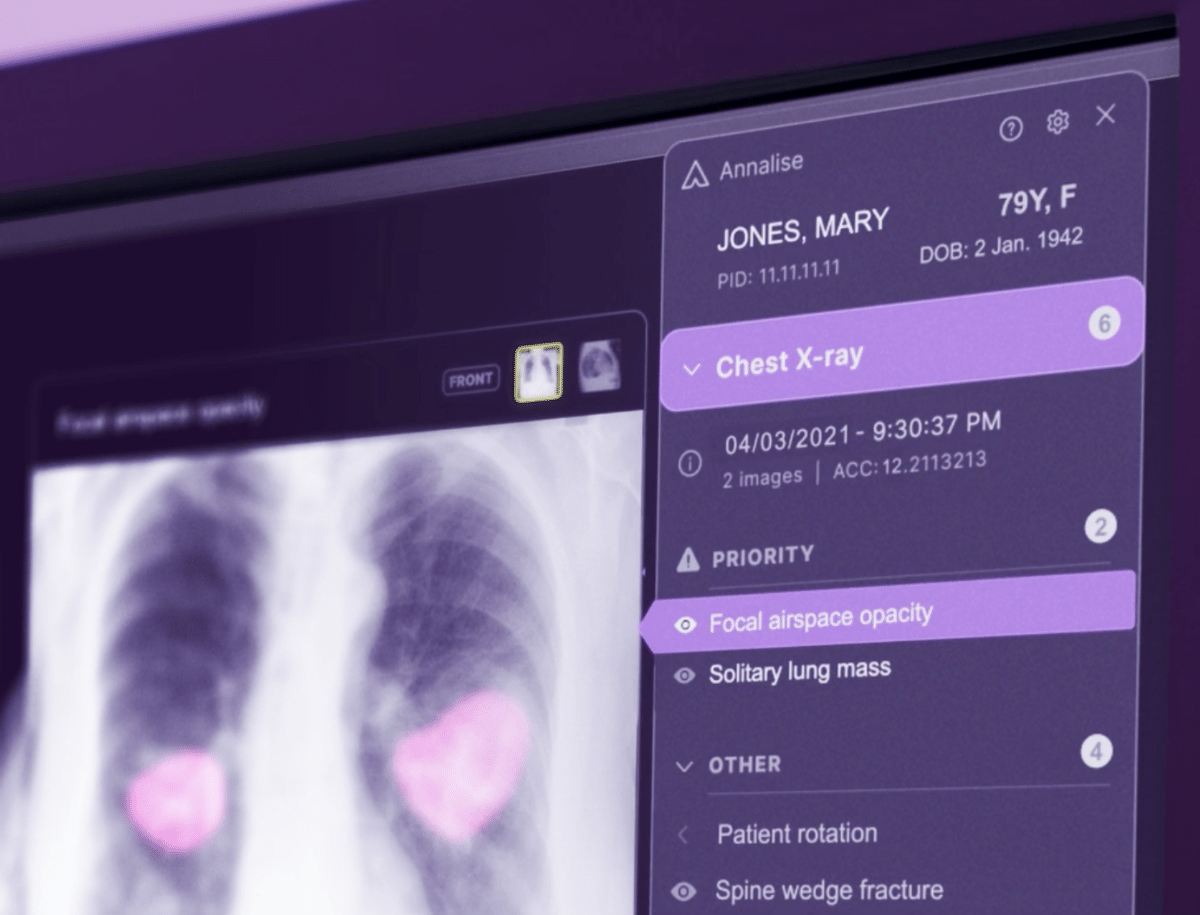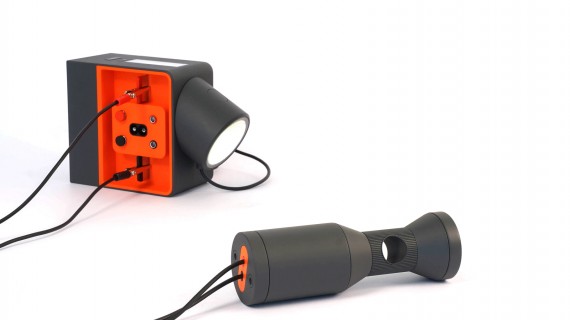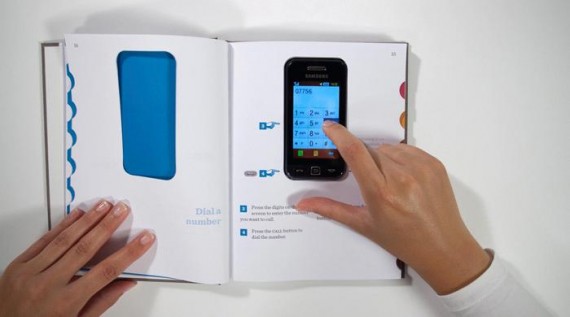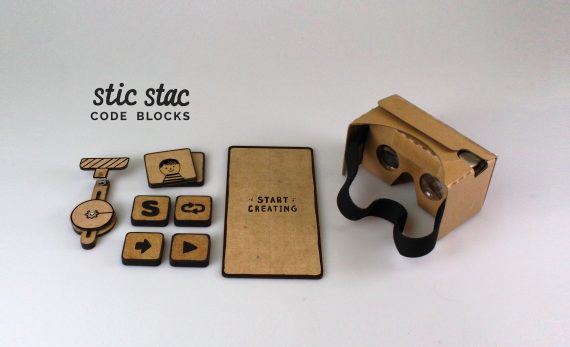Bridge: A New Way to Participate in the Political Conversation
Team
Company | Institution
Category
Type
Project description
Bridge is a platform that exposes people to a wide range of political perspectives and enables one-on-one discussion between users. This project began when I started taking a closer look at my social media feed and became all too familiar with the toxic dialogue that often surrounded politics. It felt like we hid behind our screens and used our online presence to talk to each other in ways we never would in person. In addition, I became more and more aware of the recommendation algorithms that curated my social media feed and pushed me to only encounter political content I already agreed with. It was clear that social media was pushing people into their own echo chambers and becoming a vector for extremely polarized and toxic political discourse.
Bridge is a platform that exposes people to a wide range of political perspectives and enables one-on-one discussion between users. This project began when I started taking a closer look at my social media feed and became all too familiar with the toxic dialogue that often surrounded politics. It felt like we hid behind our screens and used our online presence to talk to each other in ways we never would in person. In addition, I became more and more aware of the recommendation algorithms that curated my social media feed and pushed me to only encounter political content I already agreed with. It was clear that social media was pushing people into their own echo chambers and becoming a vector for extremely polarized and toxic political discourse.
After seeing this problem in front of me, I decided to conduct research to better understand this space and discover an opportunity for design. I conducted 3 research methods; a survey with 175 participants, interviews with 6 participants, and a large amount of secondary research. Conducting the research validated my initial assumptions and gave me a much stronger understanding of topics like recommendation algorithms, online dialogue trends, and political identity/labels. This all brought me to my design opportunity; how can we facilitate healthy dialogue amongst people with a variety of political perspectives?
Seeing how recognizable dating app mechanisms are nowadays, I decided to use these functions to expose people to different political views and enable mutually-consented discussion between users.
Bridge is special because it redefines what it means to be a social media platform through a number of design decisions. First, the way algorithms are designed are essentially the opposite of current social media platforms. Instead of content being curated around what users want to see, content is curated to incrementally expose users to views different than their own. In addition, trolling is prevented by enforcing limitations on how much content can be published by a user every day, eventually leading to more nuanced, thoughtful content rather than large sums of unproductive content. Finally, user profiles are designed to maintain anonymity of users, as to avoid preconceived biases, but also to humanize users and encourage human connection.
One thing to point out, is that Bridge is not for everyone. I recognize that not everyone wants to have their perspective challenged nor does everyone want to engage in politics at such a deep level. Regardless, Bridge is designed for individuals who do want to expand their perspective and want to have a holistic approach to their decision making.
Bridge as a concept inspires a new future where social media and politics can be used to connect humans together rather than pull them further apart. By applying nuanced problem-solving techniques, we can imagine a future where technology can be used in conjunction with civic engagement in a healthy and productive way.
Bridge is a platform that exposes people to a wide range of political perspectives and enables one-on-one discussion between users. This project began when I started taking a closer look at my social media feed and became all too familiar with the toxic dialogue that often surrounded politics. It felt like we hid behind our screens and used our online presence to talk to each other in ways we never would in person. In addition, I became more and more aware of the recommendation algorithms that curated my social media feed and pushed me to only encounter political content I already agreed with. It was clear that social media was pushing people into their own echo chambers and becoming a vector for extremely polarized and toxic political discourse.
After seeing this problem in front of me, I decided to conduct research to better understand this space and discover an opportunity for design. I conducted 3 research methods; a survey with 175 participants, interviews with 6 participants, and a large amount of secondary research. Conducting the research validated my initial assumptions and gave me a much stronger understanding of topics like recommendation algorithms, online dialogue trends, and political identity/labels. This all brought me to my design opportunity; how can we facilitate healthy dialogue amongst people with a variety of political perspectives?
Seeing how recognizable dating app mechanisms are nowadays, I decided to use these functions to expose people to different political views and enable mutually-consented discussion between users.
Bridge is special because it redefines what it means to be a social media platform through a number of design decisions. First, the way algorithms are designed are essentially the opposite of current social media platforms. Instead of content being curated around what users want to see, content is curated to incrementally expose users to views different than their own. In addition, trolling is prevented by enforcing limitations on how much content can be published by a user every day, eventually leading to more nuanced, thoughtful content rather than large sums of unproductive content. Finally, user profiles are designed to maintain anonymity of users, as to avoid preconceived biases, but also to humanize users and encourage human connection.
One thing to point out, is that Bridge is not for everyone. I recognize that not everyone wants to have their perspective challenged nor does everyone want to engage in politics at such a deep level. Regardless, Bridge is designed for individuals who do want to expand their perspective and want to have a holistic approach to their decision making.
Bridge as a concept inspires a new future where social media and politics can be used to connect humans together rather than pull them further apart. By applying nuanced problem-solving techniques, we can imagine a future where technology can be used in conjunction with civic engagement in a healthy and productive way.

